|
Combined Educational & Scientific Session
ORGANIZERS: Gregor Adriany, Ph.D., Christoph Juchem, Ph.D., Mary P. McDougall, Ph.D. & Greig C. Scott, Ph.D.
Wednesday, 26 April 2017
| Room 314 |
08:15 - 10:15 |
Moderators: Cornelis van den Berg, Lukas Winter |
Slack Channel: #s_int_eng_safety
Session Number: CE11
Overview
For body dimensions at 3T and head dimensions at 7T and above the RF wavelength in biological tissue is comparable or smaller than the dimensions of the human anatomy. This leads to RF phase related traveling time differences and the potential for a significant difference between transmit B1+ and receive B1- fields. Coil array technology and use of dielectric materials are tools to significantly influence field homogeneity, achievable SNR and transmit efficiency.
Target Audience
Scientist and Engineers interested in research at higher magnetic fields.
Educational Objectives
The session aims to provide the needed background to understand B1 field behavior in biological tissue at higher frequency and how array technology and dielectric materials can be effectively used to mitigate some of the effects.
Upon completion of the course participants should be able to:
-Describe what leads to a difference between transmit B1+ and receive B1- fields at higher frequencies;
-Review the effect of dielectric materials; and
-Appreciate how this informs RF transmit and receive array design and how dielectrics might be safely incorporated.
08:15
|
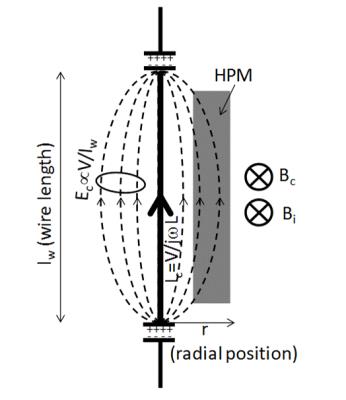 |
Demystifying Dielectrics 
Chris Collins
Historical and recent examples of materials having a high relative electric permittivity as used to enhance or even create the electomagnetic fields in MRI for improved performance will be reviewed with an eye to the physical mechanisms by which they can act to improve MRI performance.
|
08:45
|
|
The Principle of Reciprocity 
Cornelis van den Berg, Rob Remis
|
09:15
 |
0745.
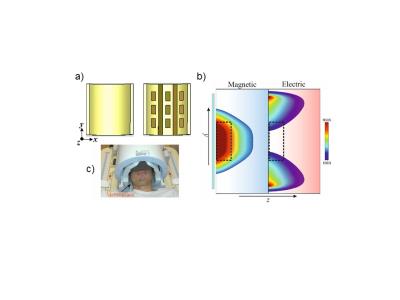 |
Flexible and compact hybrid metasurfaces for enhanced ultra high field in vivo magnetic resonance imaging 
Rita Schmidt, Alexey Slobozhanyuk, Pavel Belov, Andrew Webb
In previous research it has been shown that high permittivity material pads can be used for global and local RF shimming, as well as local SNR increase. Another recent approach is using metamaterials. In this study we designed a thin, compact and flexible metasurface which consists of metallic strips attached to 8mm thick pad made from a CaTiO3 suspension in water. We show applications of the hybrid metasurface in an examination of the human brain at 7T, concentrating to produce a local increase in the SNR in the occipital cortex for imaging as well as for spectroscopy.
|
09:27
|
0746.
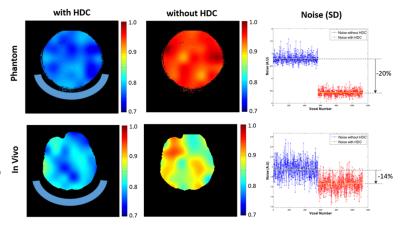 |
Improving B1 Field Efficiency and Reducing noise for In Vivo 31P MRSI with Ultrahigh Dielectric Constant Material - permission withheld
Byeong-Yeul Lee, Xiao-Hong Zhu, Sebastian Rupprecht, Michalel Lanagan, Qing Yang, Wei Chen
X-nuclei MRS for human application faces two challenges: high RF power requirement (thus, higher SAR) for achieving the same RF pulse flip angle due to a relatively lower gyromagnetic ratio, and limit of detection sensitivity (or SNR) even at high/ultrahigh field. In this work, we report that by incorporating ultra-high dielectric constant (uHDC) material into the RF head volume coil, huge RF transmit power reduction was observed in the regions near the uHDC pads for 31P MRSI at 7T. Concomitantly, the B1 efficiency for acquiring the spectra was increased about 100%. Strikingly, up to ~20% denoising effect was also observed with the uHDC material. Our results demonstrated that incorporating uHDC with RF coil can significantly boost SNR and reduce SAR in X-nuclei MRS applications; such improvements are beyond the gains obtainable at very high field strength magnet that has approached to its technologic limits.
|
09:39
|
0747.
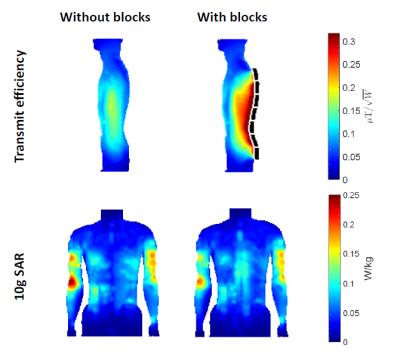 |
Improved Image Quality and Decreased Power Deposition in the Spine at 3T using Extremely High Permittivity Materials 
Kirsten Koolstra, Peter Börnert, Wyger Brink, Andrew Webb
High field MR imaging of the spine suffers from a low transmit efficiency. The aim of this study is to improve the transmit profile of the 3T body coil in the spine region by using extremely high permittivity ceramics. This dielectric shimming approach with novel materials offers the opportunity to improve clinical spine image quality on MR systems that are not equipped with multi-transmit hardware. The developed approach is also compared with RF shimming in terms of image quality and power requirements.
|
09:51
|
0748.
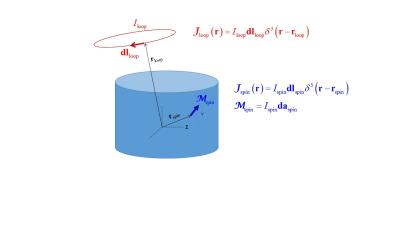 |
Understanding Reciprocity 
Daniel Sodickson
The principle of reciprocity, as it applies to magnetic resonance, is both remarkably powerful and regrettably easy to misconstrue. As evidence of this fact, each of us with an interest in the operation of radiofrequency coils need only recall the time we have spent trying to understand, in our guts, the difference between transmit and receive sensitivity patterns. As a respectful supplement to Dr. Hoult’s seminal explications, we here provide a highly streamlined derivation, aimed at bolstering intuition, and offer a simple but fundamental mnemonic to keep your pluses and your minuses straight.
|
10:03
|
0749.
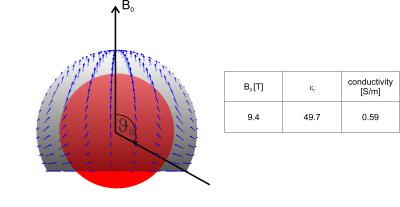 |
The ultimate intrinsic SNR in a spherical phantom with regard to an open-pole surface current distribution at 9.4T 
Andreas Pfrommer, Anke Henning
RF coils for human head imaging need to provide access for the human neck and cannot be entirely closed. In this work, we investigate the ultimate intrinsic signal-to-noise ratio (UISNR) in a spherical phantom due to an open-pole surface current distribution, where the generic surface current patterns run on a spherical cap. The influence of the cap’s opening angle ϑ0 on UISNR, parallel imaging performance and on the contribution of curl-free and divergence-free current patterns to UISNR is studied.
|
|







